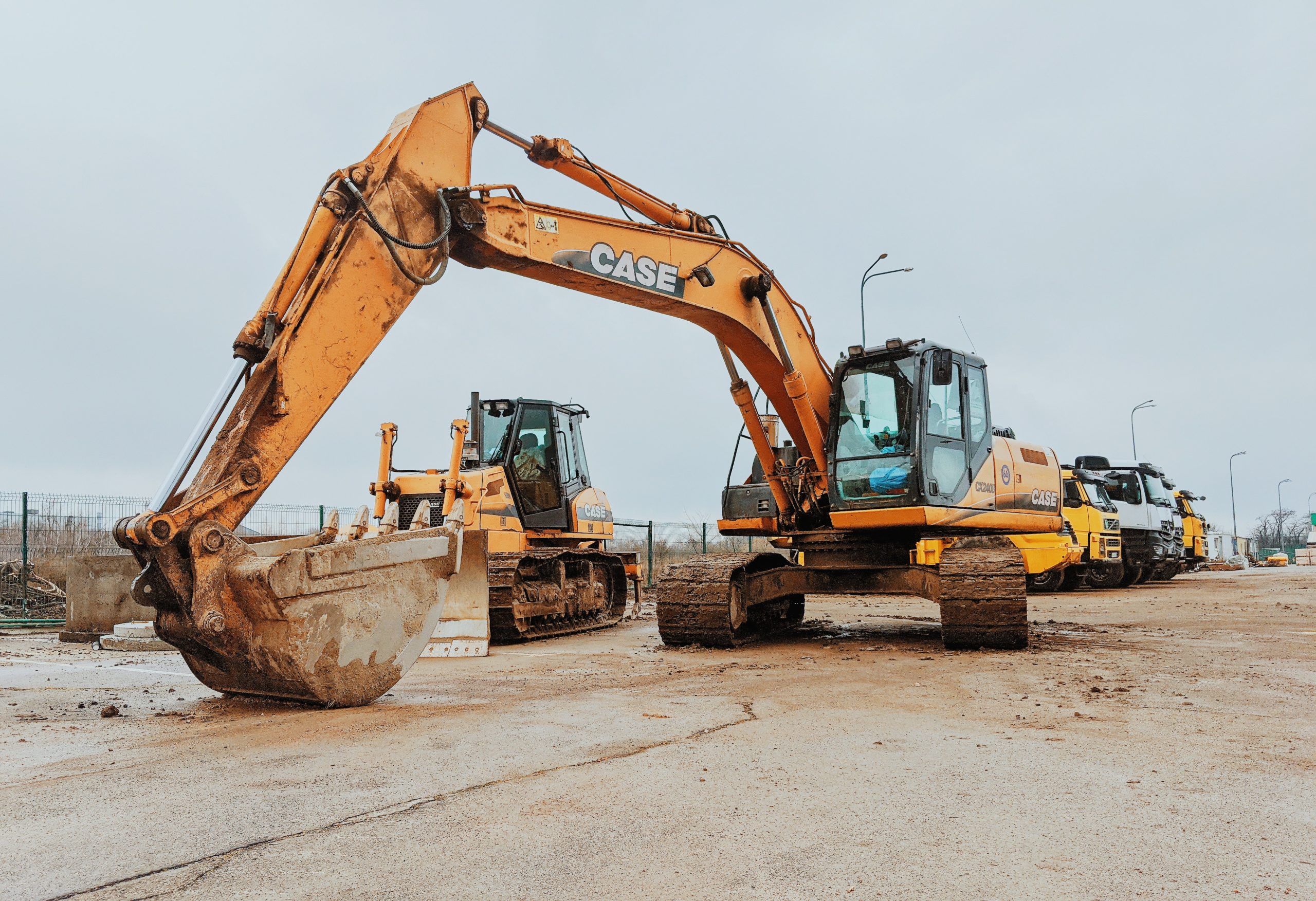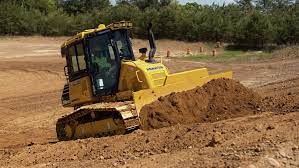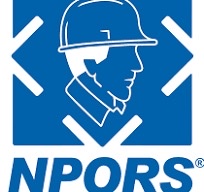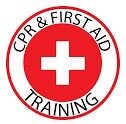N214 Roller
Home » N214 Roller
Rollers play a critical role in preparing and leveling surfaces by compacting materials such as soil, gravel, asphalt, and other aggregates. They are widely used in building roads, foundations, and large construction projects, making it essential for operators to be well-trained in their safe and efficient use.
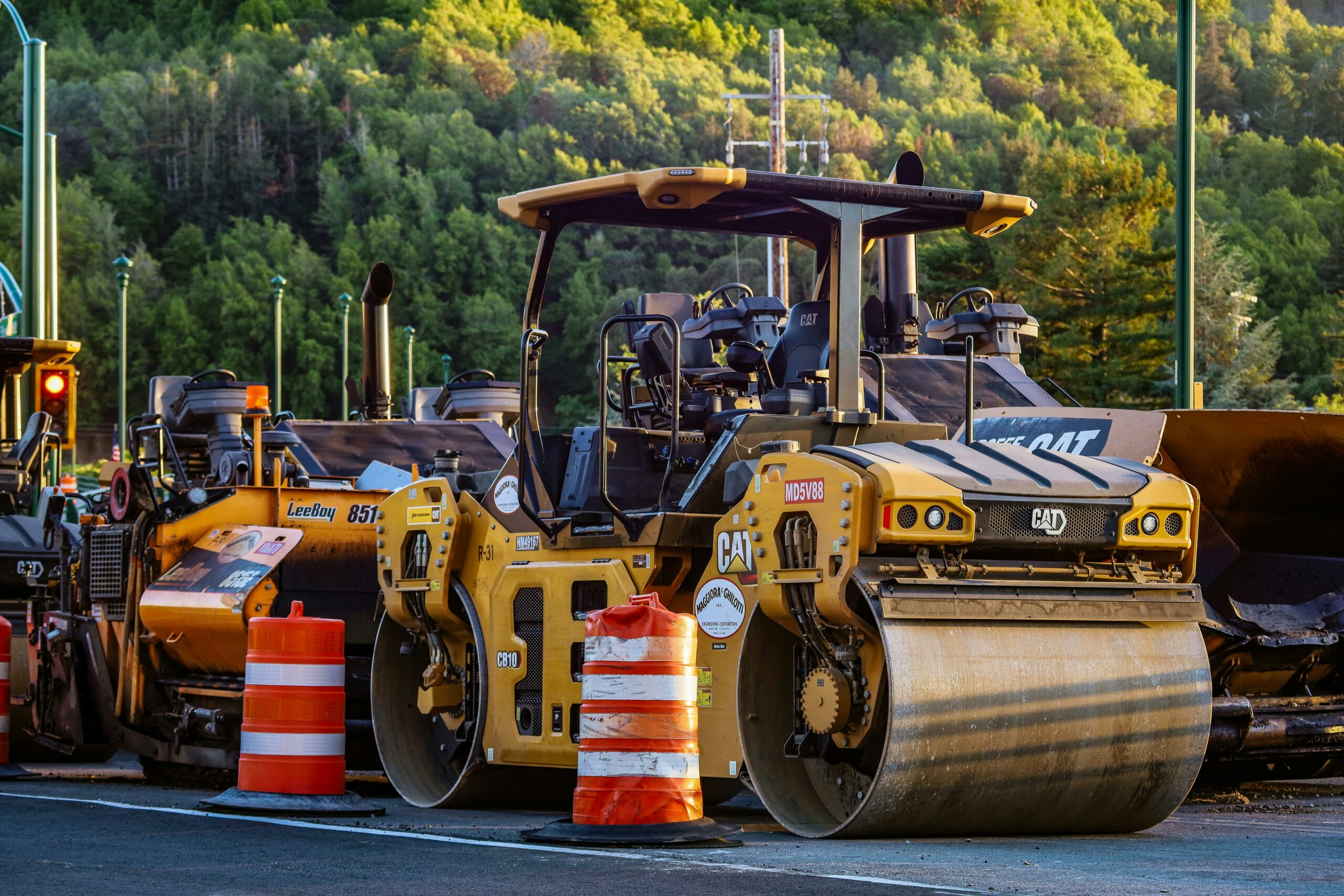
Whats covered?
– Overview of the different types of rollers, including single-drum, tandem, and smooth-wheel rollers.
– Understanding the key components and functions of the machine.
– The roles and applications of rollers in construction and roadworks.
Health & Safety Legislation
– Detailed review of relevant Health and Safety legislation, including the Health and Safety at Work Act, PUWER (Provision and Use of Work Equipment Regulations), and LOLER (Lifting Operations and Lifting Equipment Regulations).
– Safety protocols to minimize risk on-site.
– Hazards associated with roller operation and how to mitigate them.
Pre-Operational Checks and Maintenance
– How to conduct pre-start checks to ensure the machine is in safe working condition.
– Identifying potential faults and maintenance needs, such as fluid levels, tire conditions, and structural integrity.
– Daily maintenance routines to ensure longevity and optimal performance of the roller.
Machine Controls and Safe Operation
– Familiarization with the controls of a ride-on roller, including steering, throttle, and vibration settings.
– Guidance on operating the roller smoothly and efficiently on various surfaces and terrains.
– How to maintain control, especially on gradients or in confined spaces.
– Training on the correct techniques for compacting different types of materials, such as soil, asphalt, and gravel.
– Understanding the importance of even compaction for road construction and surface leveling.
– How to avoid common operational errors, such as over-compaction or under-compaction.
Working Around Obstacles and Hazards
– Instruction on how to safely operate rollers in tight spaces or around other machinery, workers, and site obstacles.
– How to ensure safety when working near traffic or in active construction zones.
– Managing environmental factors, such as dust, noise, and visibility.
End of Day Procedures
– Proper shutdown and parking of the roller. Post-operation inspections and securing the roller for storage.
– Recording any issues or maintenance needs for future reference.
Ready TO RECEIVE YOUR qualification ?
All our trainers’ assessor testers are fully qualified within multi competency skills CPCS, NVQ and SENTINEL
We offer a friendly hands on approach using real world experience to help install a fuller more comprehensive course enabling the candidates to benefit from our years of experience.
Benefits of NPORS N214 Roller Certification
Nationally Recognized Qualification
NPORS is one of the most respected accreditation bodies in the UK for plant operators. The NPORS N214 Roller Operator Card is recognized across various sectors, including construction, civil engineering, and roadwork.
Improved Job Prospects
For individuals, the NPORS N214 Roller certification is a valuable qualification that can significantly improve employability. Employers prefer candidates who can demonstrate their competence through accredited certifications, making this course a great investment for anyone looking to enhance their career in plant operations.
Greater Operational Efficiency
Skilled operators who are properly trained in roller operation can work more efficiently, resulting in better compaction quality and more timely project completion. The course equips operators with the necessary techniques to optimize their work performance, reducing machine wear and tear and avoiding delays caused by improper operation.
Compliance with Industry Standards
Businesses that invest in NPORS-certified training for their operators ensure compliance with UK regulations, reducing the risk of penalties or legal issues due to unqualified personnel. Certification also demonstrates a commitment to maintaining high standards of safety and efficiency in plant operations.
